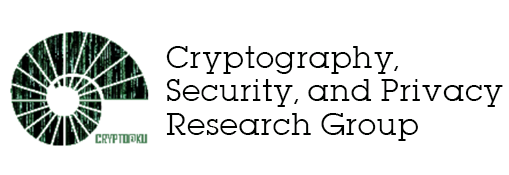AUDIT: Practical Accountability of Secret Processes
AUDIT: Practical Accountability of Secret Processes
The US federal court system is exploring ways to improve the accountability of electronic surveillance, an opaque process often involving cases sealed from public view and tech companies subject to gag orders against informing surveilled users. One judge has proposed publicly releasing some metadata about each case on a paper cover sheet as a way to balance the competing goals of (1) secrecy, so the target of an investigation does not discover and sabotage it, and (2) accountability, to assure the public that surveillance powers are not misused or abused. Inspired by the courts’ accountability challenge, we illustrate how accountability and secrecy are simultaneously achievable when modern cryptography is brought to bear. Our system improves configurability while preserving secrecy, offering new tradeoffs potentially more palatable to the risk-averse court system. Judges, law enforcement, and companies publish commitments to surveillance actions, argue in zero-knowledge that their behavior is consistent, and compute aggregate surveillance statistics by multi-party computation (MPC). We demonstrate that these primitives perform efficiently at the scale of the federal judiciary. To do so, we implement a hierarchical form of MPC that mirrors the hierarchy of the court system. We also develop statements in succinct zero-knowledge (SNARKs) whose specificity can be tuned to calibrate the amount of information released. All told, our proposal not only offers the court system a flexible range of options for enhancing accountability in the face of necessary secrecy, but also yields a general framework for accountability in a broader class of “secret information processes.”
